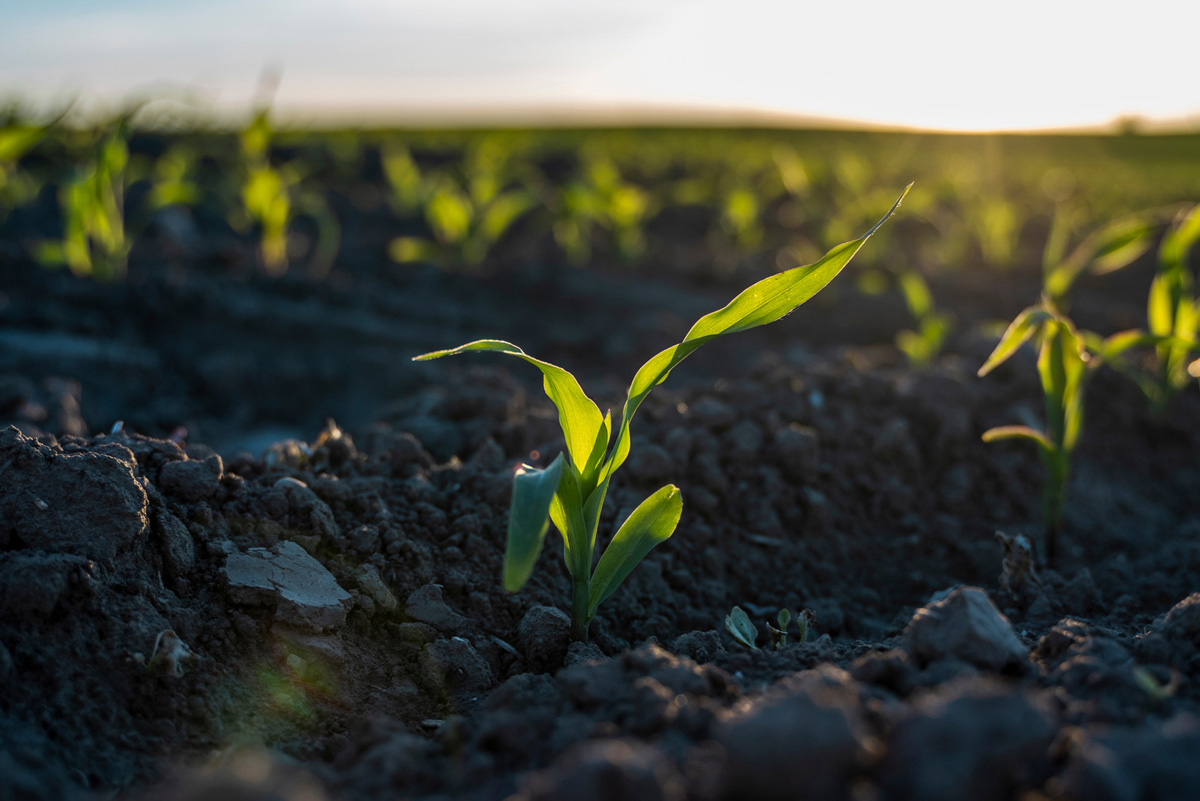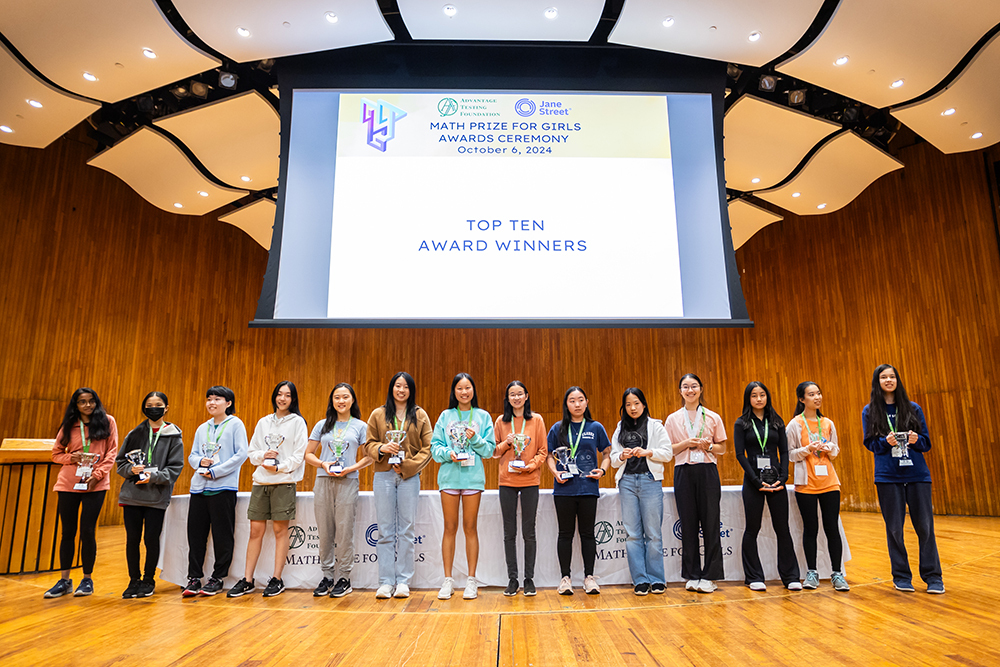Nathanael Jenkins had always wanted to study aerospace engineering, he just hadn’t quite found the right place for it. He had explored options close to his home in Hampshire, U.K., but had never considered studying in the United States. That changed when a family vacation brought him to the MIT campus in 2018. “MIT felt exciting, high-energy, and very different from my small high school back home. My lasting memory was the fact that they had a nuclear reactor in the middle of a bustling city,” he says.
Yet after weighing financial, travel, and family considerations, he opted for a top science and engineering university a bit closer to home, at Imperial College London (ICL), majoring in aeronautical engineering. Still, he never took his sights off MIT — and he didn’t have to.
Since 2019, MIT’s International Science and Technology Initiatives (MISTI) program has worked with Imperial College London to exchange students from eight MIT departments looking for a global education experience, and has seen eight Imperial students spend the year at MIT’s Department of Aeronautics and Astronautics (AeroAstro). When Jenkins learned about the opportunity, he was determined to take another shot at an education abroad. He and his colleague Timur Uyumaz, who had never been to the United States, applied for the exchange and were accepted into Course 16.
“I was definitely very excited,” says Jenkins. “The prospect of traveling to the U.S. still felt pretty surreal until we’d actually landed in Boston.”
Academic pursuits, first-hand and hands-on
Jenkins joined the Aerospace Plasma Group, where he worked on lightning strike simulations for aircraft fuselage safety. Uyumaz became a member of the Computational Turbulence Group, expanding his work on high-fidelity fluid simulations. The research-focused environment allowed both to dive into their studies without the fear of a high-pressure exam looming at the end of their courses.
“At Imperial, 90 percent of my classes are exam-focused,” says Jenkins. “At MIT, I’m working hard all the time, learning more actively every week, and there’s no terror at the end.”
One of the academic highlights for both students has been the ability to take classes with experts and pioneers in science, engineering, and aerospace. “In my first semester, I took 18.C25 (Real World Computation with Julia) — taught by Alan Edelman, the actual co-founder of Julia,” says Uyumaz. “It was a privilege to be taught by innovators within their fields.”
Last year, Jenkins took a 16.891 (Space Policy Seminar) class led by MIT Media Lab Director and former NASA Deputy Administrator Dava Newman, and Professor Daniel Hastings, a former chief scientist at the U.S. Air Force. “You’re learning from the people who were part of these huge milestones in space research. They’re not teaching as if they were there — they were actually there,” says Jenkins.
Having experts working together in one place offers endless possibilities for collaboration, and Jenkins has taken full advantage of MIT’s labs and state-of-the-art facilities. He has even conducted an experiment in the nuclear reactor that piqued his interest years ago.
Scaling new heights with outdoor adventures
Outside the classroom, both Jenkins and Uyumaz have become active members of the MIT Outing Club (MITOC), taking the opportunity to go on outdoor hiking adventures across New England. “We thought it would be like British hiking — rain and low altitude,” they laugh, but immediately found that the group was inclined to take on a more challenging trek.
They first tackled Guy’s Slide, a steep Adirondack-style climb on Mount Lincoln in New Hampshire. “This climb has places with ‘no-fall zones,’ which just means ‘seriously, don’t fall.’ The leader for the trip asked us ‘are you sure’ several times before we signed up, knowing we were new climbers. Once we talked about our limits, we got cleared to go.” After the four-and-a-half-hour climb to Mt. Lincoln’s 5,089 foot summit, the pair were hooked. “Our thing was being outside from then on.”
They climbed Mount Washington last winter as both participants and leaders of the expedition, with other exchange students, staff, and even alumni from across the Institute along for the climb. “There was lots of snow, and views for miles.” Inviting other exchange students has helped them build connections with other students from ICL, MIT, and universities around the world.
Onward and upward
While Uyumaz has returned to ICL to complete his studies, Jenkins is looking forward to formally joining Course 16 as a graduate student in the fall, still in the Aerospace Plasma Group. “I’m keen on — adamant, really — that I’ll do a career in engineering, probably in fluid simulations,” he says. He recognizes that having a place like MIT on his resume, with strong industry collaborations and well-connected faculty, will benefit his career in the short and long term.
“I am grateful for the hospitality we received from MIT — from AeroAstro, MITOC, Baker House (and resident house dogs, Biko and Louie, who always added joy to our day). The program enabled something I never thought possible.”
In the coming years, Jenkins looks forward to spending even more time outdoors with MITOC during his time as a graduate student. “I'm hoping to run some stand-up paddle boarding trips on the Charles [River], and continue exploring the White Mountains. At some point, I'm planning to venture further west to explore some even bigger mountains in Colorado.”
Uyumaz is looking forward to using his new cross-cultural connections to strengthen partnerships between ICL and MIT and inform his academic journey. “Although it was a one-year exchange, I have been provided with perspective and opportunities for a lifetime,” he says.

 3 months ago
47
3 months ago
47

